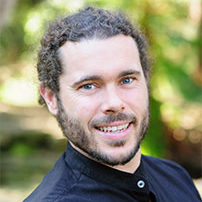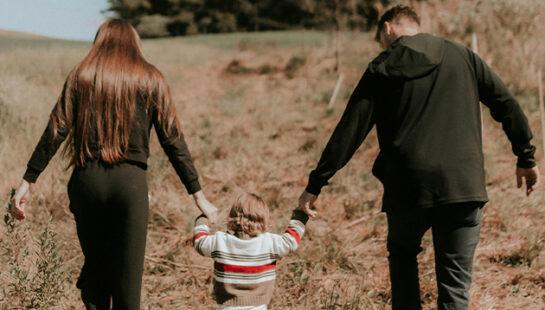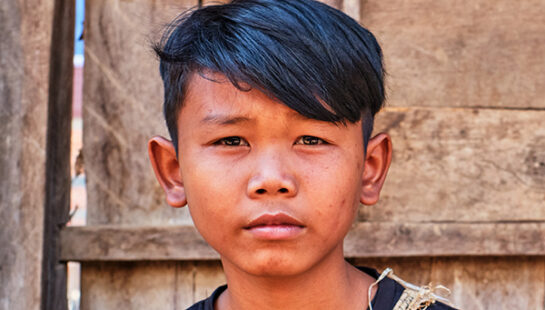‘Children suffer because they often don’t have the life skills to deal with danger or the after effects of losing house, home or loved ones,’ says Disaster Management Specialist, Dan Skehan.
For example, in a flood, it’s sensible for an adult not to go near floodwaters but not for a child who is curious.
Children are also more vulnerable to sickness. If water becomes contaminated, they have an increased chance of getting diarrhoea or water-borne diseases.
If they don’t have good shelter, they’re at increased risk of fevers. If they don’t have good access to fruit and vegetables, this increases malnutrition.
There’s also the psychosocial aspect. Post-Typhoon Haiyan, children were very scared if it rained because of their negative experience during the typhoon.
Dan also says children post-disasters are often in danger of missing out on crucial months—or even years—of school.
In Nepal, a lot of school buildings were just knocked over. So children’s access to education is greatly reduced, damaging their future prospects in life.
Post-earthquake, you might have a temporary school in Nepal now of 400. It has to operate out of two large tents with rotating classes. Children may only be able to attend for two hours a day. Now with the monsoon, the tent will leak. So the children will get wet and be less inclined to want to go.
In the Middle East conflict, millions of children and families are living in insecure, dangerous conditions. Because the conflict has been going on for four years, a whole generation of school children is in danger of missing out on critical elementary education. Our field partner, Lebanese Society for Educational and Social Development, is working to provide education and child protection services to children who are living in Lebanon due to conflict. These displaced Middle East children need security and education.
At Baptist World Aid we are now working to overcome all these challenges to ensure children get continuity in their education.
Thank you to all who have given generously to support those affected by natural disasters like the Middle East conflict, Nepal Earthquake, Cyclone Pam, and Typhoon Haiyan.



 Heather Keith,
Heather Keith,

 Sophia Russell,
Sophia Russell,